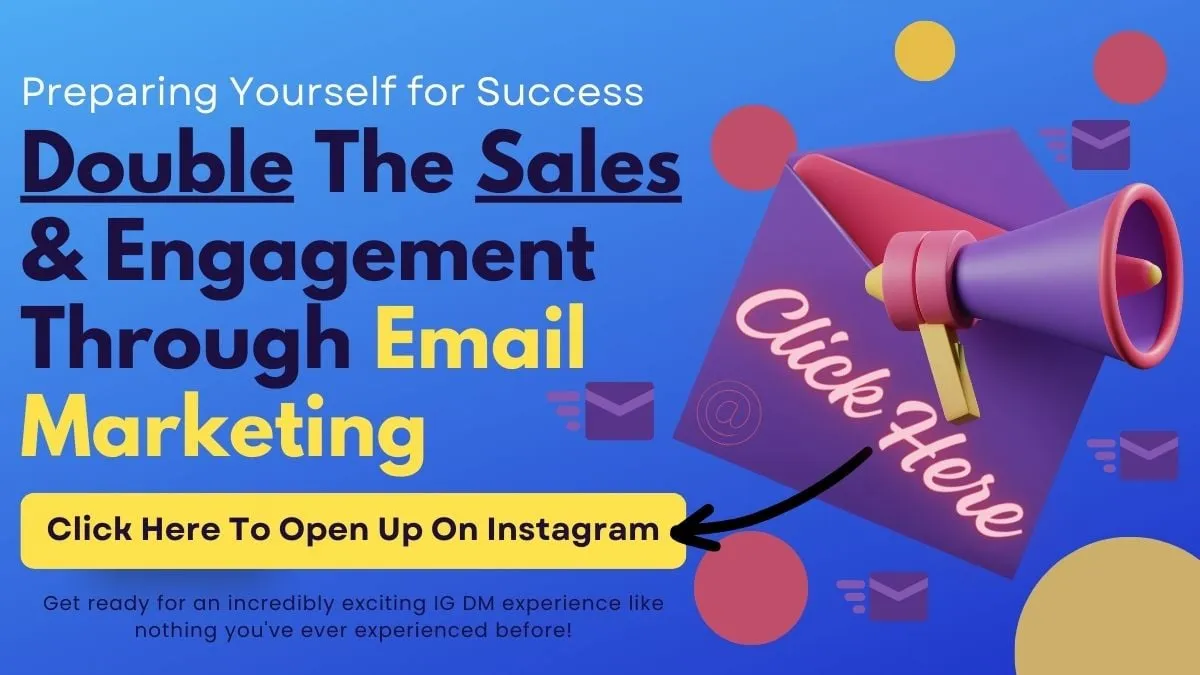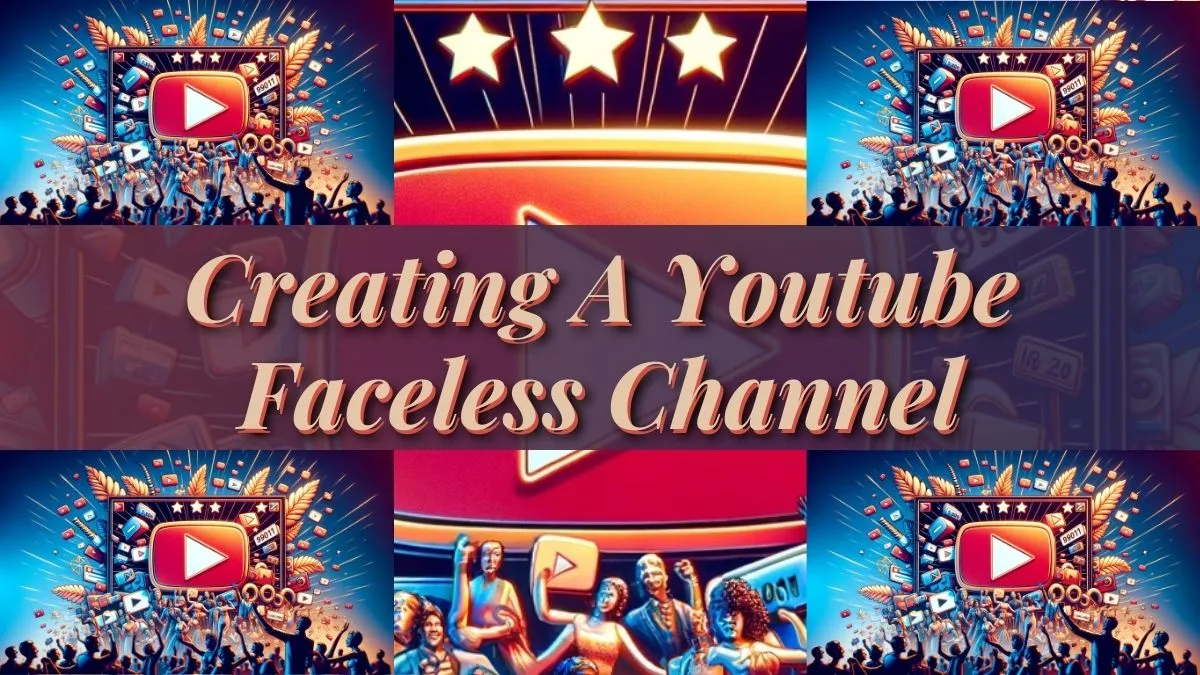The New Age of Local Marketing for Brick and Mortar
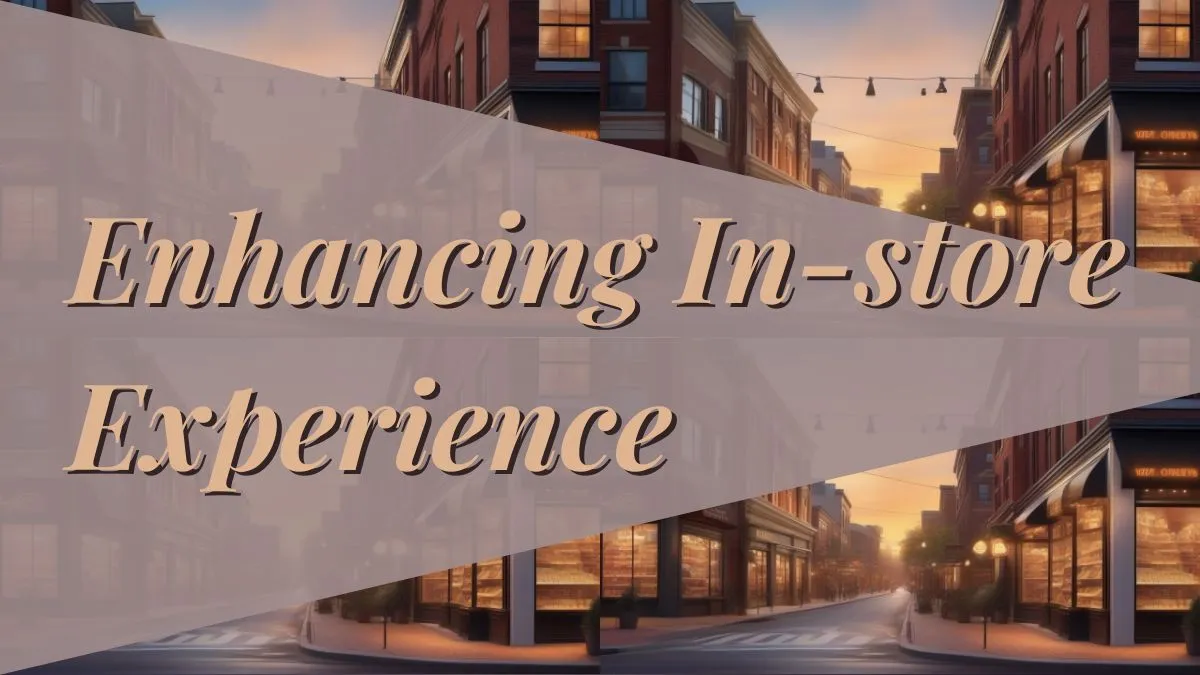
In the age of digital dominance, the allure of brick and mortar stores remains undiminished.
These physical spaces, where customers can touch, feel, and experience products firsthand, offer a tangible connection that online platforms can't replicate.
But how do these establishments thrive in a world where online shopping is just a click away?
The answer lies in the power of Local Marketing for brick and mortar.
Local marketing is not just a strategy; it's a commitment to the community, a promise of authenticity, and a testament to the enduring charm of physical stores.
For brick and mortar businesses, local marketing is the bridge that connects the digital realm with the physical world, ensuring that their doors remain open and their registers keep ringing.
Benefits of Local Marketing for Brick and Mortar Stores
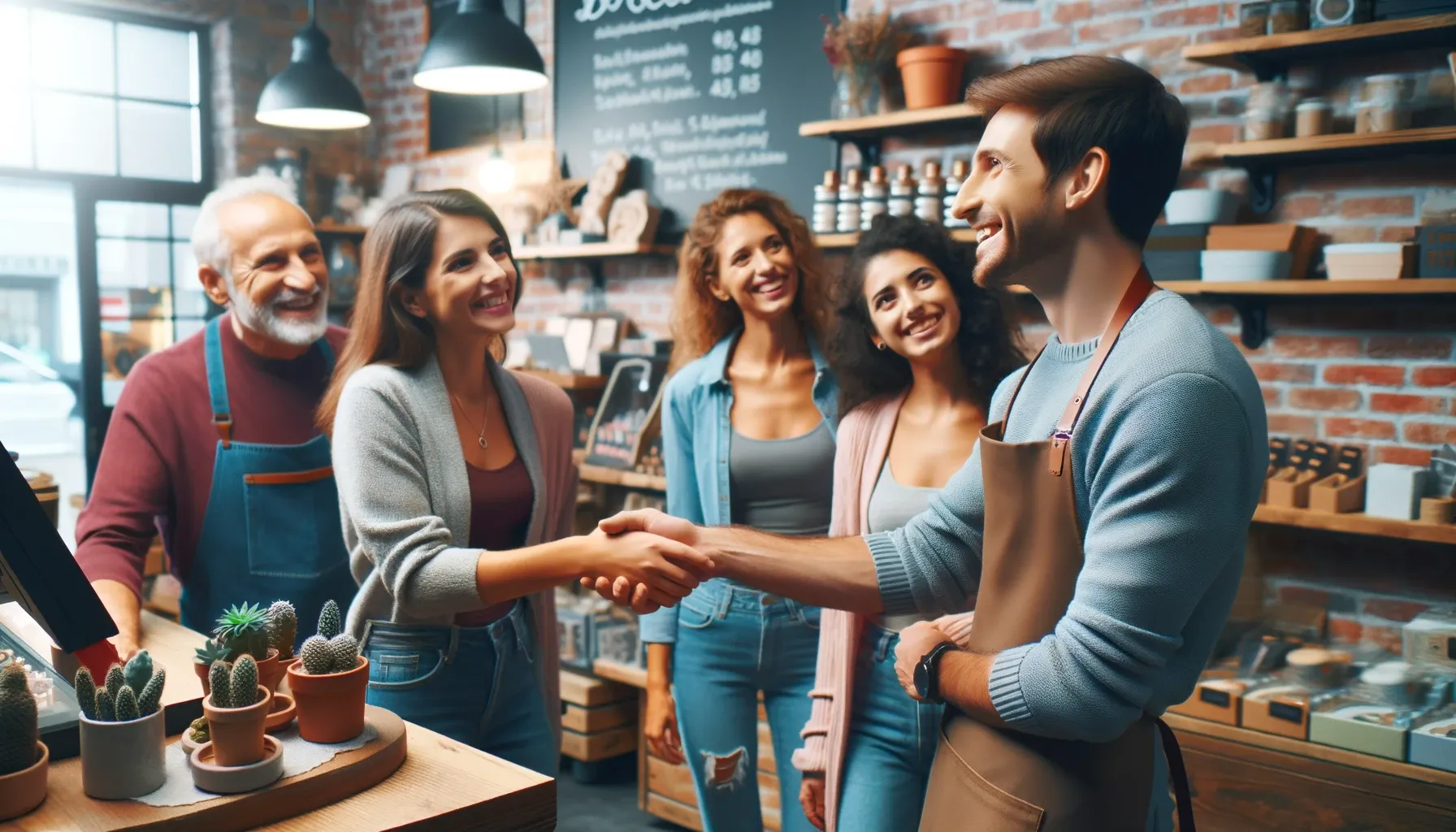
Imagine walking down a bustling street, and a beautifully designed window display catches your eye. The ambiance of the store, the warmth of the staff, and the allure of exclusive in-store discounts draw you in.
This is the magic of brick and mortar, amplified by effective local marketing.
Building Trust in the Local Community
Physical stores have the unique advantage of being part of the community's fabric. They're not just businesses; they're landmarks, gathering spots, and often, carriers of local heritage.
Through local marketing, these establishments can foster deeper connections, turning casual visitors into loyal patrons.
Driving Foot Traffic to Physical Locations
In the digital age, the competition for attention is fierce. But with targeted local marketing strategies, brick and mortar stores can attract potential customers right to their doorstep.
Be it through geo-targeted ads, local events, or partnerships with nearby businesses, the possibilities are endless.
Enhancing In-store Experience through Online Engagement
The line between online and offline is blurring. Brick and mortar stores can leverage digital platforms to offer sneak peeks, virtual tours, and online reservations, ensuring that the customer's journey is seamless from screen to store.
Key Components of Local Marketing for Brick and Mortar
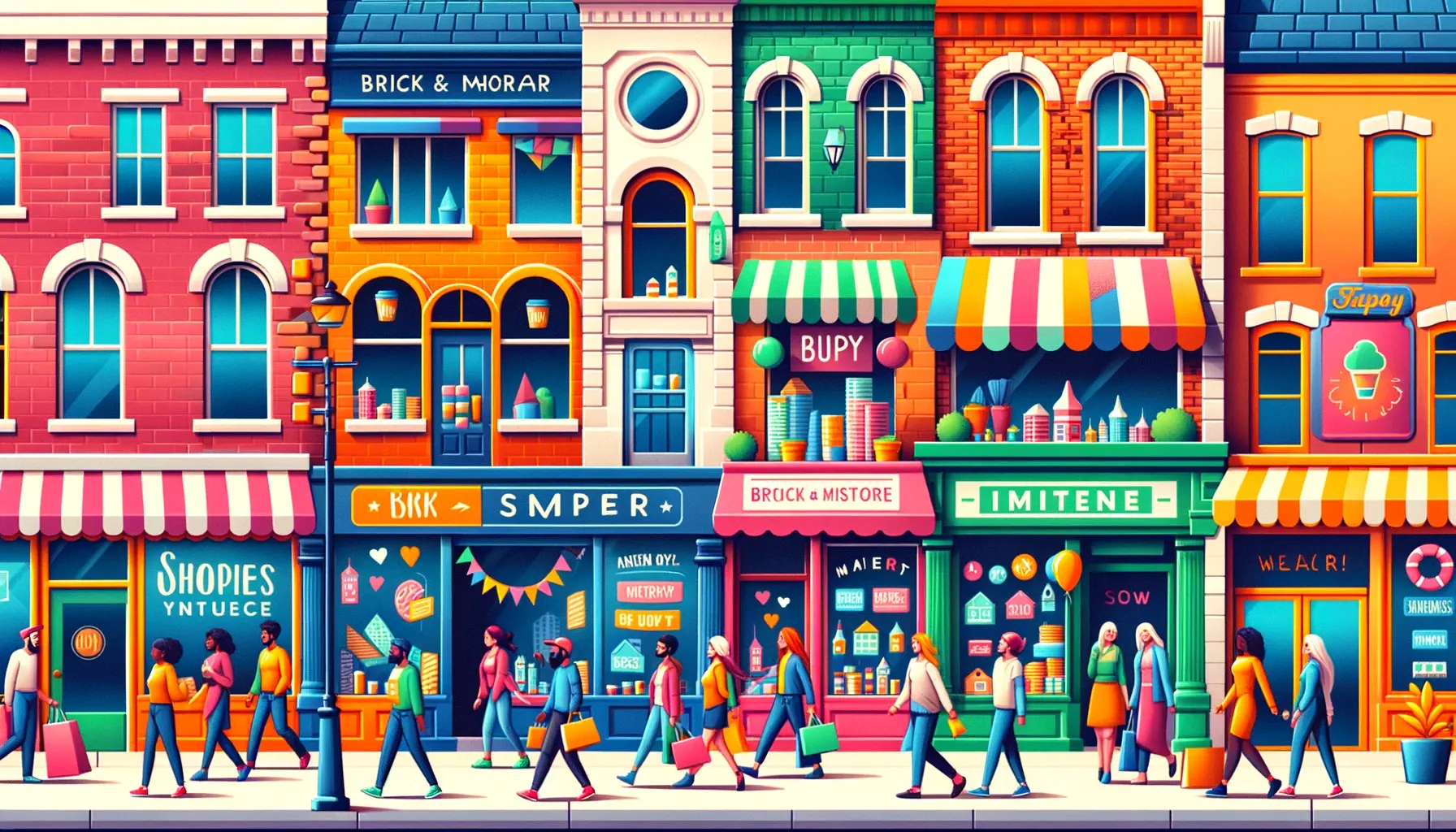
The foundation of successful local marketing lies in understanding the unique strengths and challenges of brick and mortar establishments. Here are some pivotal components:
Local SEO and Google My Business
Ensuring that your store pops up when locals search for relevant products or services is crucial. Optimizing for local search terms and maintaining an active Google My Business profile can drive significant foot traffic.
Localized Content Creation
Crafting content that resonates with the local audience, be it through blogs, social media posts, or newsletters, can establish your store as a trusted local authority.
Customer Reviews and Testimonials
Word-of-mouth remains one of the most potent marketing tools. Encouraging satisfied customers to leave positive reviews can significantly boost your store's credibility.
Collaborations with Local Influencers and Businesses
Partnering with local personalities or businesses can be a game-changer. Imagine a popular local influencer raving about your store's unique offerings or a joint event with a neighboring café that drives foot traffic for both establishments.
These collaborations not only introduce your store to a broader audience but also foster a sense of community and mutual growth.
Digital Strategies Tailored for Brick and Mortar Stores
In today's interconnected world, a brick and mortar store's success isn't confined to its physical walls. The digital realm offers a plethora of opportunities to attract, engage, and delight potential customers.
1. Geo-targeted Ads to Drive In-store Visits
With advancements in digital advertising, it's now possible to target potential customers in a specific geographical area.
For instance, a shoe store can run ads targeting users within a 10-mile radius, offering them an exclusive in-store discount.
This not only increases the chances of attracting local foot traffic but also offers a personalized shopping experience.
2. Social Media Engagement: Connecting Online Audiences with Physical Locations
Social media platforms are a goldmine for brick and mortar stores. By showcasing behind-the-scenes glimpses, announcing in-store events, or sharing customer testimonials, stores can create a buzz and foster a loyal online community. .
Platforms like Instagram and Facebook also offer location tagging features, allowing customers to check in, share their experiences, and inadvertently market the store to their followers.
3. Email Marketing: Promotions to Encourage Store Visits
While email marketing is often associated with online stores, it holds immense potential for brick and mortar establishments.
Regular newsletters updating subscribers about new arrivals, exclusive in-store events, or special discounts can keep your store at the top of their minds.
Moreover, personalized email campaigns, based on past purchases or preferences, can significantly enhance the customer's shopping experience.
Offline Local Marketing Techniques for Brick and Mortar
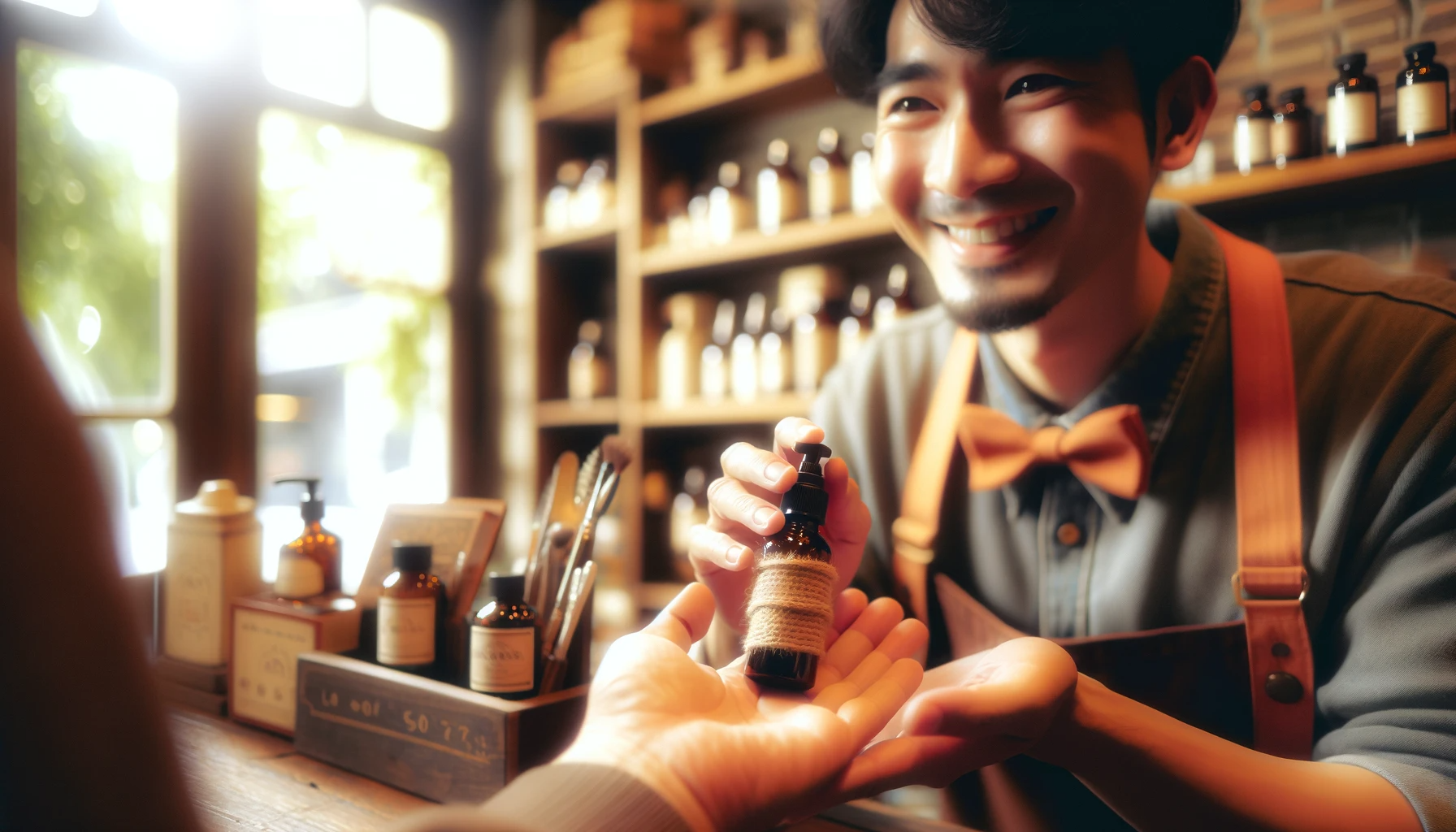
For brick and mortar businesses, these traditional strategies offer a tangible touchpoint, creating memorable experiences that resonate deeply with customers.
Let's delve into some of the most impactful offline techniques that can elevate your brick and mortar store's presence in the community.
Hosting In-store Events and Workshops
Organizing events within your store can be a magnet for foot traffic. Whether it's a product launch, a DIY workshop, or a local artist's showcase, these events provide a unique experience that online platforms can't replicate.
It's not just about sales; it's about creating memories, fostering community ties, and offering value that goes beyond transactions.
Participating in Local Fairs and Markets
Local events, such as farmers' markets, craft fairs, or community festivals, offer brick and mortar businesses a golden opportunity to showcase their products and connect with a broader audience.
Setting up a stall or booth, offering exclusive discounts, or even just engaging in face-to-face interactions can leave a lasting impression.
Local Media Advertisements
While the digital realm is flooded with ads, there's still immense value in traditional advertising channels like newspapers, radio, and even local TV.
A well-crafted ad, strategically placed in local media, can reach an audience that's genuinely interested in what your brick and mortar store offers.
Collaborative Promotions with Nearby Businesses
Cross-promotions with businesses in your vicinity can be a win-win. A coffee shop and a bookstore, for instance, can collaborate on offers that benefit both. Such partnerships not only drive traffic but also foster a sense of community solidarity.
Loyalty Programs and Incentives
Remember the joy of getting that free coffee after collecting ten stamps from your local café? Loyalty programs, punch cards, or member-exclusive discounts can turn occasional visitors into regular patrons.
It's a gesture that says, "We value and appreciate your loyalty."
Engaging Window Displays
A captivating window display can stop passersby in their tracks. It's both an art and a science, combining aesthetics with strategic product placement.
Seasonal themes, interactive elements, or even a touch of humor can make your store's window a visual treat.
Personalized In-store Experience
In the age of automation, a personal touch can make all the difference.
Training staff to recognize regular customers, offering personalized product recommendations, or even just having a genuine conversation can turn a casual visit into a memorable experience.
Challenges Faced by Brick and Mortar Stores in Local Marketing
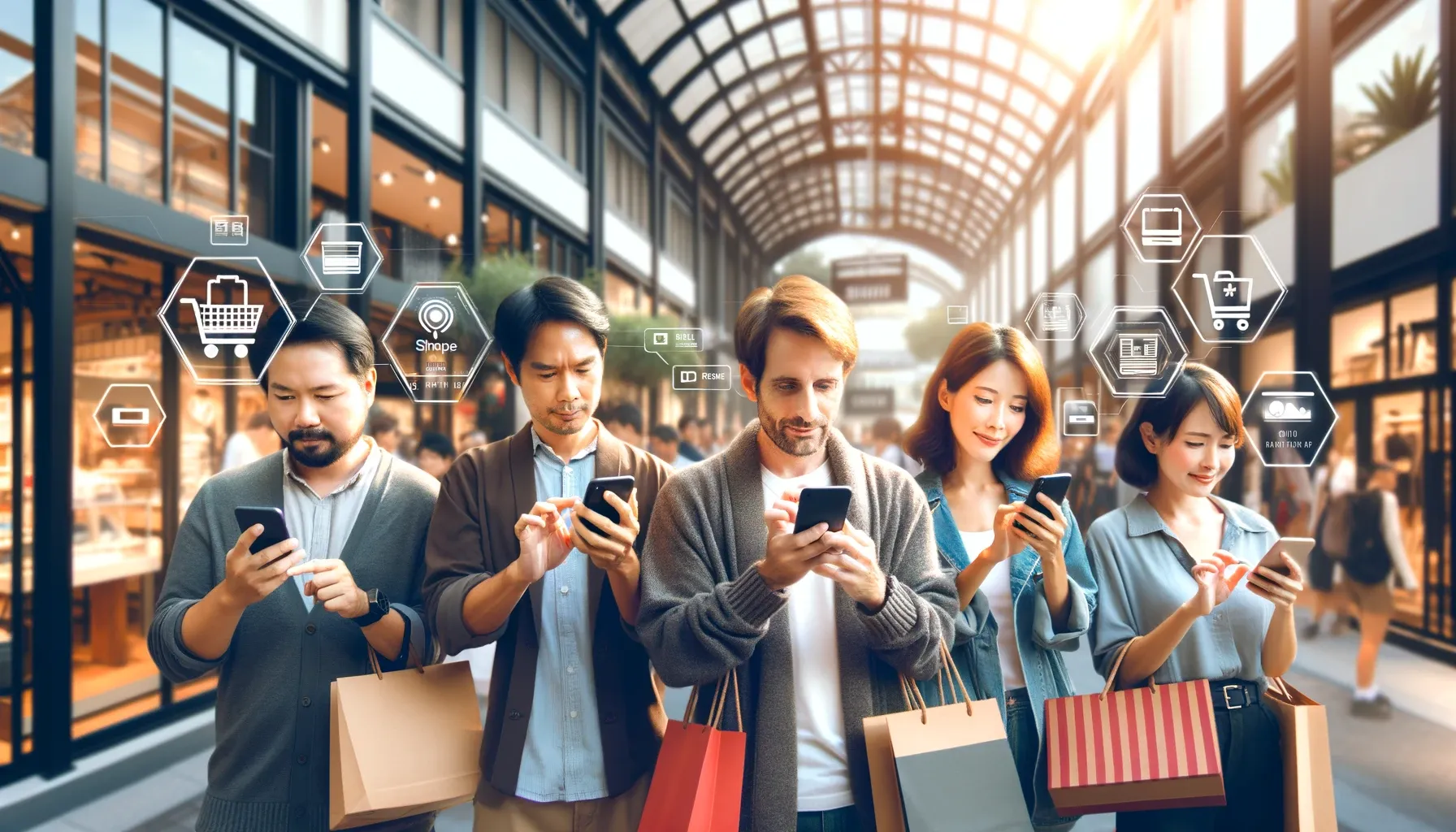
In the bustling world of commerce, brick and mortar stores stand as timeless entities, offering tactile experiences and personal interactions.
However, in the ever-evolving landscape of business, these establishments face a myriad of challenges, especially in the realm of local marketing.
Let's delve into these challenges and understand the hurdles that brick and mortar stores must overcome to thrive.
Digital Dominance and Changing Consumer Behavior
The convenience of online shopping, coupled with the vast array of choices, has led to a shift in consumer behavior.
With 67% of millennials and 56% of gen-x preferring online shopping, brick and mortar stores must find innovative ways to lure customers back to the physical realm.
Competition from E-commerce Giants
Online retailers, with their vast reach and often lower prices, pose a significant threat. The challenge is not just competing on price but also offering a unique in-store experience that online platforms can't replicate.
High Operational Costs
Rent, utilities, and staffing costs can be substantial for physical stores, especially when compared to online-only retailers who don't have to maintain a physical presence.
Adapting to Technological Advancements
In an age where technology drives decisions, brick and mortar stores often lag in adopting the latest tech solutions, such as advanced POS systems or data-backed surveillance, which can enhance the customer experience and streamline operations.
Geographical Limitations
Unlike online stores that can cater to a global audience, brick and mortar establishments are confined to their physical location, limiting their potential customer base.
Balancing Online and Offline Presence
While establishing an online presence is crucial, brick and mortar stores must strike a balance to ensure that their in-store experience remains unparalleled.
This includes integrating online promotions with in-store offers and ensuring a seamless customer journey from screen to store.
Evolving Customer Expectations
Today's consumers seek more than just products; they crave experiences. Meeting these heightened expectations, from personalized recommendations to immersive in-store events, can be challenging yet rewarding.
Case Studies: Successful Local Marketing Campaigns for Brick and Mortar
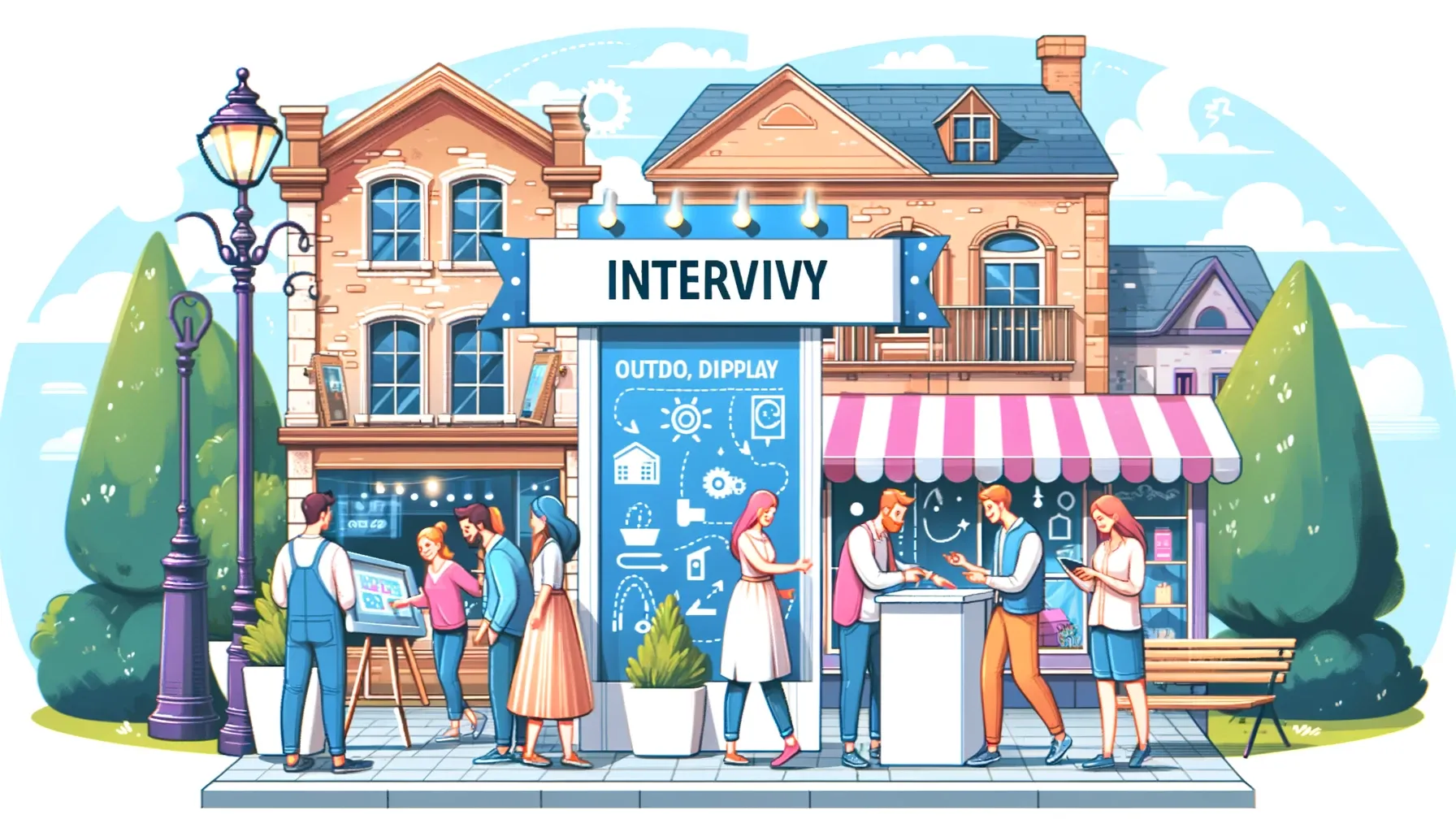
Let's delve into some inspiring case studies that showcase the power of local marketing for brick and mortar businesses.
Case Study 1: The Independent Bookstore Revival
In an era where e-books and online retailers dominate, a quaint independent bookstore in a small town defied the odds.
Through a combination of local SEO optimization, engaging social media posts about local authors, and hosting monthly book club events, this bookstore not only attracted foot traffic but also built a loyal community of book lovers.
Their strategy?
Focusing on the local community's preferences, promoting local authors, and creating a cozy reading nook that became the town's favorite hangout spot.
Case Study 2: The Local Coffee Shop's Digital Triumph
A local coffee shop, nestled in a bustling city's heart, faced stiff competition from international coffee chains. However, with a smart blend of online-to-offline (O2O) strategies, they carved a niche for themselves.
They leveraged geo-targeted ads offering discounts during off-peak hours and collaborated with local influencers for coffee tasting events.
Their masterstroke?
An interactive AR experience that allowed customers to learn about the origins of coffee beans while sipping their brew. This blend of digital engagement and in-store experience made them the talk of the town.
Case Study 3: The Specialty Clothing Boutique's Community Connect
A specialty clothing boutique, specializing in sustainable fashion, tapped into the power of community engagement.
They organized fashion shows featuring local models, collaborated with nearby businesses for cross-promotions, and regularly updated their Google My Business profile with the latest collections and customer reviews.
Their email marketing campaigns, highlighting in-store events and discounts, became a hit, driving significant foot traffic. By positioning themselves as a brand that cares for the environment and the community, they won the hearts of locals.
Conclusion: Future of Brick and Mortar in the Age of Digital Marketing
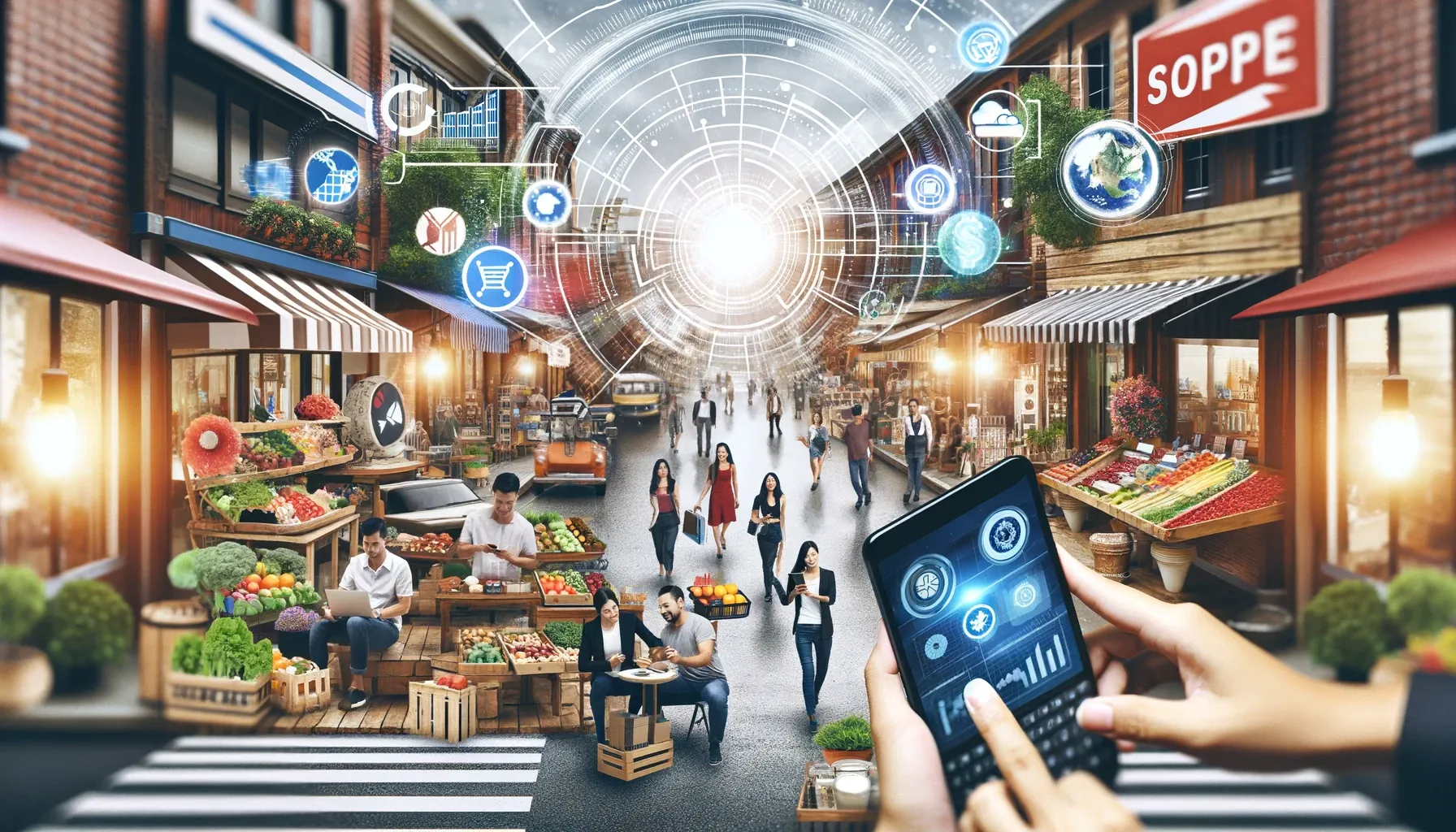
In a world where a single click can bring any product to our doorstep, the question arises: What is the future of brick-and-mortar stores?
The answer is both surprising and heartening.
Despite the rapid growth of e-commerce, physical stores are not just surviving; they're evolving, adapting, and thriving in ways we could never have imagined a decade ago.
The digital revolution has undeniably reshaped the retail landscape.
Yet, brick-and-mortar establishments have found innovative ways to harness the power of technology, ensuring they remain relevant and continue to offer unique value to consumers.
Here's a glimpse into the transformative journey of brick-and-mortar in the digital age:
Embracing Augmented Reality (AR) for In-store Experiences:
The lines between the digital and physical worlds are blurring. Stores are now integrating AR to enhance the shopping experience.
Imagine trying on clothes virtually or visualizing how a piece of furniture would fit in your living room while still in the store. This fusion of technology and tactile experience is redefining retail.
Importance of Data Analytics in Understanding In-store Customer Behavior
The massive amount of data generated online is a gold mine for understanding customer preferences. Brick-and-mortar stores are now leveraging this data to tailor in-store experiences.
From personalized product recommendations to optimizing store layouts based on real-time foot traffic analytics, data is driving decisions and enhancing the customer journey.
Creating Digitally Connected Journeys
The most successful brick-and-mortar retailers today are those that offer a seamless integration between their online and offline channels.
Whether it's checking product availability in-store via an app, reserving items online for in-store pickup, or receiving personalized discounts based on online browsing history, the interconnected journey is the future of retail.
Evolve from Selling Products to Selling Experiences
Modern consumers are not just looking to buy products; they're seeking experiences. Brick-and-mortar stores have the unique advantage of offering immersive experiences.
Be it through experiential pop-ups, in-store workshops, or themed events, retailers are realizing that memorable experiences drive loyalty and sales.
Adapting to the Urban Shift
As urban areas continue to grow, retailers are reimagining their store formats to cater to city dwellers. Smaller, more flexible store formats, localized product assortments, and services tailored to the urban lifestyle are emerging trends.


